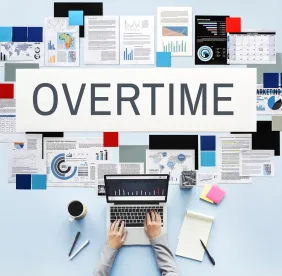For years – spanning two Presidential administrations – employers have been awaiting long-anticipated updates to the overtime exemption regulations to the Fair Labor Standards Act (FLSA). Since 2004, to be exempt from the FLSA’s overtime compensation requirements under the so-called “white collar” exemptions (e.g., executive, administrative, professional employees), employees must be paid on a salary basis at least $455/week as well as perform specific, defined exempt duties. In 2016, during the latter stages of the Obama administration, the Department of Labor announced that it was implementing new regulations that would raise the salary threshold requirement to $913/week, a substantial increase that would have resulted in as many as four million exempt workers being reclassified to non-exempt overnight. But on November 22, 2016, shortly after the Presidential election, a federal district court judge in Texas enjoined the new salary threshold rule and, despite some further (and still ongoing) appellate skirmishing, effectively invalidated its implementation.
Since then, employers have looked to the present administration wondering whether, when, and to what extent the FLSA regulations may change. After much speculation, the Department of Labor released on March 7, 2019 a proposed rule to amend the overtime regulations. Under the proposed rule, workers who earn less than $679 per week ($35,308 per year) would be automatically eligible for overtime for all hours worked beyond 40 hours per workweek. This is an increase from the current threshold, but not as high as the threshold proposed by the Obama administration. Further, the salary threshold would be revisited every four years through new proposed rulemaking, rather than subject to an automatic annual lockstep increases as the Obama administration had endorsed.
The new proposed threshold incorporates methodology used in 2004, under the Bush administration, for determining which workers should, based on wages alone, be treated as overtime-eligible, but has been adjusted to reflect current average wages. Because the methodology has survived scrutiny for so many years, the new proposed rule may be less susceptible to judicial challenge for overreach than the Obama-era proposal. And, although not as sweeping as the prior proposed rule, if enacted, the amended regulations may result in as many as one million workers becoming overtime-eligible. There is no anticipated change to the duties tests, so reclassification – if any – will be based on salary alone. After a period of notice and comment rulemaking, a final version is expected shortly before the 2020 election. We will continue to update you as the rule advances and if and when it is adopted, along with advice on how to implement cost-effective business solutions to minimize the added costs associated with this change.




 />i
/>i

